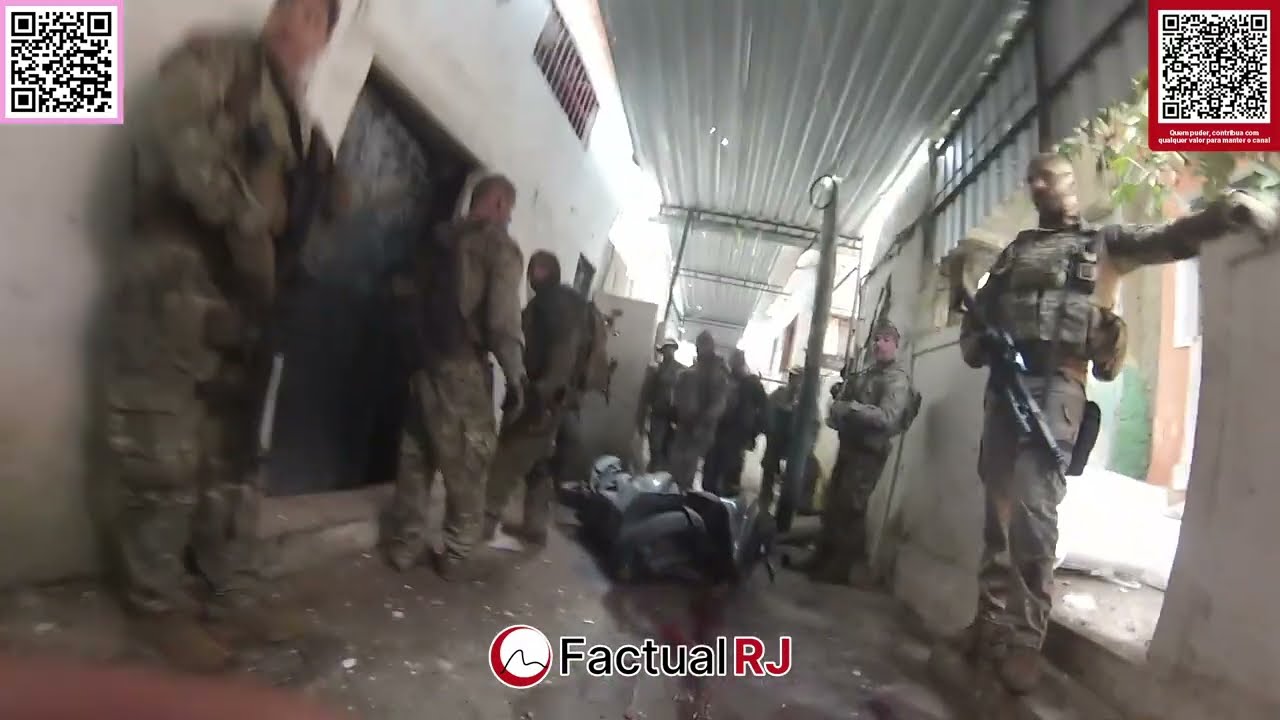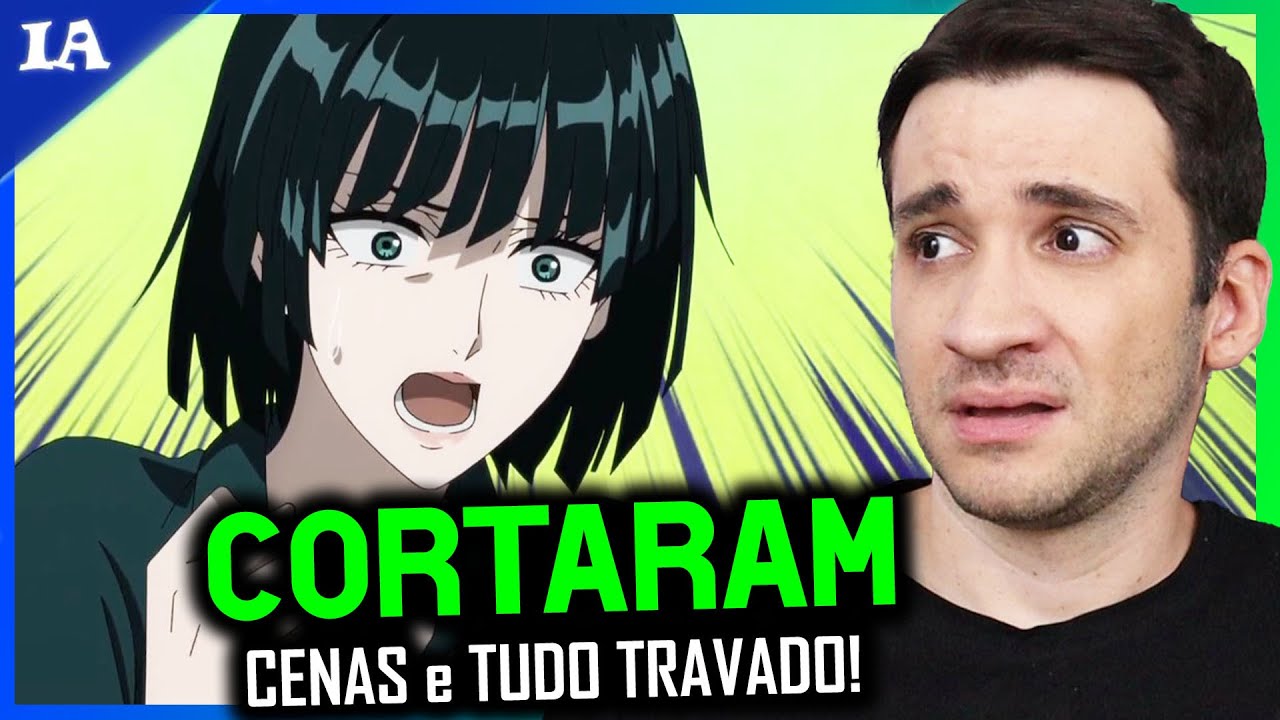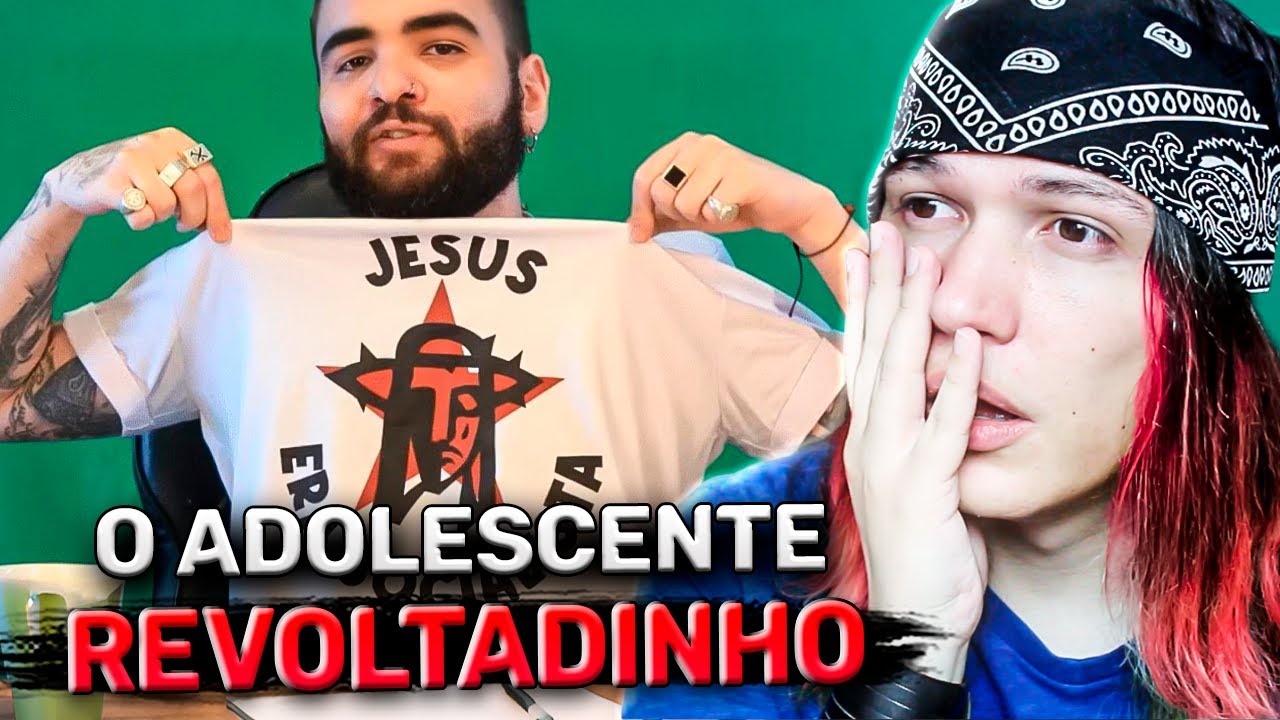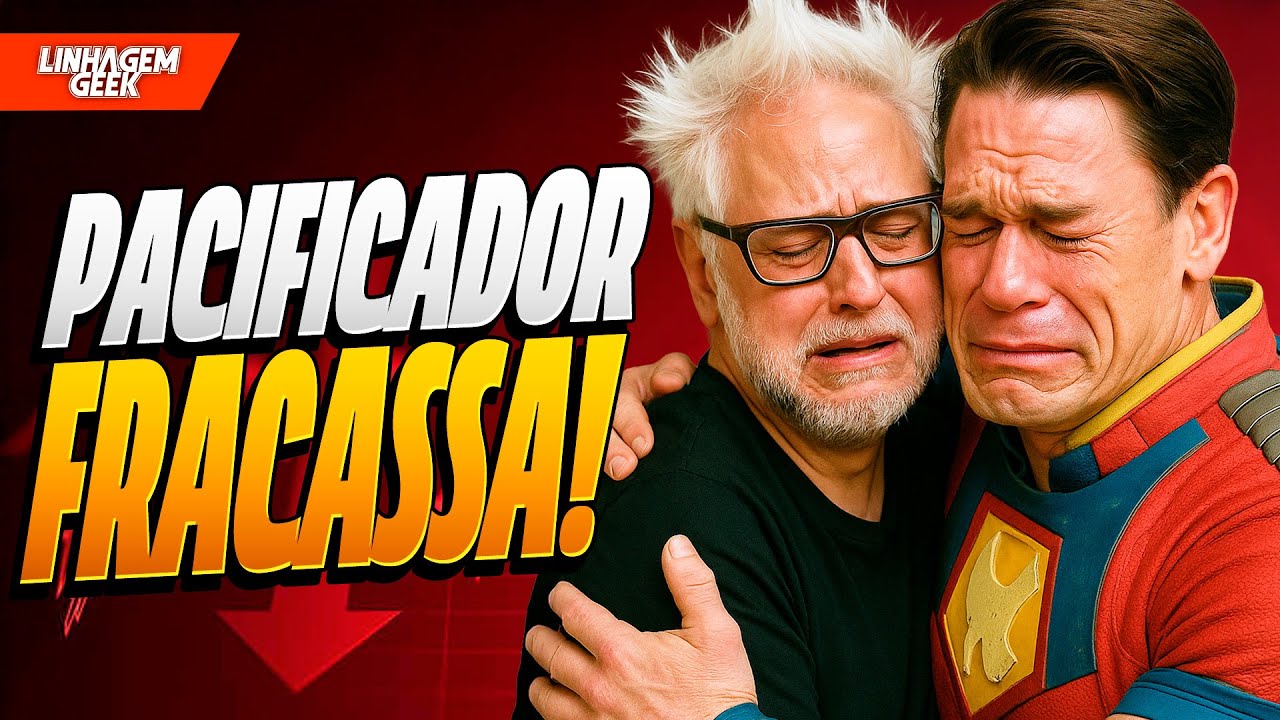CAMINHANDO POR BAIXO DO TEMPLO DE JERUSALEM!
0Shalom and welcome back to ‘Israel with Aline!’ We are in Jerusalem today, but we are going to take a very different tour, we are going to see Jerusalem underground, we are going to walk through tunnels of over two thousand years of history, and ending up in the underground of the Temple of Jerusalem you are going to see the city as you never imagined it! So if you’re ready, let’s get started! Today’s tour starts here in the lower part of the city of David, and before we go into the tunnels and underground, I want to show you where we are. This place here that at first glance seems so simple, saw one of the most important passages in the Bible, you see here that there are steps going down, what is that? This is the beginning of a large pool called the Pool of Siloam or the Tank of Siloam, maybe now with the name you know what passage I am talking about. This is where Jesus healed the blind man from birth as it is written in this passage: “As he went along, he saw a man blind from birth. His disciples asked him Rabbi, who sinned, this man or his parents, that he was born blind?” “Neither this man nor his parents sinned,” said Jesus, “but this happened so that the works of God might be displayed in him. As long as it is day, we must do the works of him who sent me. Night is coming, when no one can work. While I am in the world, I am the light of the world.” After saying this, he spit on the ground, made some mud with the saliva, and put it on the man’s eyes. “Go,” he told him, “wash in the Pool of Siloam” (this word means “Sent”). So the man went and washed, and came home seeing. ” John 9:1-7 And this place where Jesus did this great miracle was forgotten and disappeared and was only found again in the year 2004, yes what you see was buried until 2004. This pool was originally built 2,700 years ago by King Hezekiah to defend the city of Jerusalem from attack by the Assyrians. But what we see here is just a small piece of it, we are now entering the deepest part, so this is the part that was under water, and you can see here where this pile of dirt and clay is where the pool continues, unfortunately this all the way over here is private land, and the owners of the place don’t allow archeological excavations. But we know that the pool of Siloam continues here and that there are many wonders that can still be found, even if we look here we can find many pieces of pottery from ancient times. Where did the water that entered the pool of Siloam end up? It doesn’t go into the tank anymore, but it continues to run here by the side. You can see this water source that is the same one that has been flowing here since Biblical times. This is the fountain that is called the Fountain of Gion, but it is routed somewhere else, isn’t it amazing to have a pipeline from 2,700 years ago that is still working? And I think it is very beautiful that we are going to start our walk today here from the Pool of Siloam, first because this is where Jesus performed one of his miracles, but also because this was the starting point of many pilgrims who came to visit Jerusalem. Because when people came from distant lands to visit Jerusalem and to visit the Jerusalem Temple, where we are also going, the first thing they wanted when they arrived in Jerusalem was water, so they started here to get water and from here they would go to Jerusalem so there is no more water here, but here we are going to start our walk through the Jerusalem undergrounds, so let’s go! The pilgrims that arrived in Jerusalem, started at the Pool of Siloam because they were looking for water, and they walked along this street, we are walking on a two thousand year old original street. But besides water they also needed to buy some things, and that is why we see a store here let’s go inside and see what was sold. As you can see, there was food, spices, pottery, clothes and also animals. Why were animals needed? Because they could buy the animals to take to the Temple for the animals to be sacrificed. And we can see that there are also fish. Of course, Jerusalem has no sea, but they brought imported fish, it was considered a chic thing to do at that time, that is, everything good and the best was sold here and people followed this street. The city of Jerusalem has different levels; this level is the level of two thousand years ago and if we arrived here in Jesus’ time, all this area here would be open air, but I told you that we are going to walk through the underground, at that time there were already underground areas in Jerusalem, even here we can see a small part of it, if we look here we can see that there is a lower part, this here is the underground of Jerusalem, and had tunnels with different functions. What we are going to do now is not to walk down this street where people walked two thousand years ago, but to walk down to a lower level, and we are going to walk underground together! As you can see in this picture: above the busy street and below the water tunnels. Finally we have reached the underground part, you can notice that it is very tight here, both on the sides and the height. Because this place was not made for walking, it was the water drainage system of Jerusalem and that’s also why nobody should pass through here, the stones as you can see, they are very simple, they are not worked and carved as the stones that were exposed because at the end of the day whoever built this tunnel two thousand years ago had no idea that we would transform it in the future into an archaeological park and a super interesting tour. But let’s keep on discovering this place! And you can see here the state of preservation of this tunnel, everything that you see here is original; the walls, the floor and even the ceiling. This part is also good that it is not so short, I can walk here calmly, but without any doubt, this is not a tour for claustrophobics. We will walk a total of 700 yards underground, from the Pool of Siloam in the lower part of the city until we reach the Temple Mount where we will see the remains of the Temple of Jerusalem. On the way we see several doors that are closed, what are they? They are other tunnels, we are walking through a tunnel, but in reality this is a gigantic underground labyrinth under Jerusalem. But most of this labyrinth has not been excavated yet, for example here where there is this “do not enter” sign, they are just starting to excavate now, and the black buckets are used to get the earth and the archeological remains out of here. And talking about archaeological remains, thousands of artifacts have been found here, among them this small seal written “Deca leYah”, which means “pure for God”. This seal was placed by the Levites on the pure objects destined for the Temple in Jerusalem, for example the oil that would be used in the Menorah, the Candlestick. And if you also found here this representation of the Menorah made in the rock, it is very, very simple. But just think, whoever drew this probably saw with his own eyes the Menorah, the original Temple lampstand! Here the path splits in two: going up these stairs you arrive at Chenion Givati, a very interesting archaeological park! And by the noise you are hearing, it is in full archeological excavation, and if we follow this way, where we are going now, we reach the underground of the Temple of Jerusalem. Guys, as you can see it is very narrow here, I can barely get through here! We are now in an underground labyrinth, as you can see there are many passages, many paths. And it was used in the year 66 by the Jewish Rebels who declared war against the Roman Empire which was then the biggest and best army in the world, and the Jews of Jerusalem and Israel who had no military training will use what they had, and one of the things they had was a labyrinth which the Romans didn’t know how to walk through, and the Jews did. So here was the place where Jewish Rebels fought against the Roman Empire, but unfortunately the Romans defeat the Jewish Rebellion and destroy Jerusalem and the Temple. And now we are coming out of the depths, but we go underground I want to show you this wall here, you can see that it is different from the other walls we have seen so far, they were all very thick and simple stones, and suddenly we see here that there are carved stones. More than, these stones have a frame, a texture, what is this? This here are the foundations of the Temple of Jerusalem, literally this here is part of the Second Temple of Jerusalem built by King Herod the Great a little bit more than two thousand years ago and it is the same temple that Jesus knew. Now, we are underground, originally no one was supposed to pass through here, so what is the point of making the building’s foundation carved? To be quite honest, it doesn’t make any sense. Nobody should see this, but the Temple of Jerusalem is so important and his work so wonderful, that even what couldn’t be seen was also worked on. But of course, in a simpler way. We see here that these stones are similar to the stones that we will see upstairs, but upstairs they are even more worked and carved. The archeological excavations that have been done here in recent years have revealed gigantic treasures! The greatest of them, without a doubt, is to see the underground part of the Temple of Jerusalem, what people have not seen for two thousand years, we can see here with our own eyes! And we also found small objects here, among them coins. One of these coins has “the holy city of Jerusalem” written on it, and the other one is a coin of half a shekel. Both were made at the time when the temple still existed. Now what is a half Shekel? Also called half shekel is the amount that according to the Bible every adult male of the people of Israel should give once a year to the Temple in Jerusalem. And so this coin was produced that its value was exactly half a shekel, and people exchanged the money they had for this specific coin called half a shekel, and when they went into the temple they used it to pay. And these coins were counted and they were used as a kind of sense, and so it was possible to know how many people entered the Temple each day. The Temple in Jerusalem had four outer walls, one we know today as the Wailing Wall and this here is actually the underground part of the Wailing Wall. You can see it also because of the little notes, we see here the papers with the names and prayers that people put here. So this is like a private part of the Wailing Wall just for us. Isn’t it special? And what is on the other side of this wall? It is Mount Moriah, the place where Abraham went to make the sacrifice of his son Isaac and where he made the covenant that we follow to this day, and that is why the Temple of Jerusalem was built on Mount Moriah that the remains we are seeing here. But now we will come out of the underground together and see the rest that is left of the Temple of Jerusalem that is not down here, come on! And now it is the end of our journey and we are coming out now back into daylight, and here behind us we see the remains of the Temple of Jerusalem, the Western Wall that we know also as the Wailing Wall. This is not the well known part that is just ahead, but this is just as important as the part that is there. Also the floor that we are walking on now is original from two thousand years ago and it was a very important trade street. And here you can see the stores, for those who didn’t buy everything they wanted in the stores next to the pool of Siloam. So close your eyes and imagine the Temple in Jerusalem, imagine the pilgrims coming here after they got water from the Pool of Siloam, they walked through the streets, not the tunnels that we did but the street that we saw at the beginning, after they bought food, after they bought animals to sacrifice, after changing their currency, they would go up this street and see one of the most beautiful buildings that the world has ever seen, the Temple. But now if we open our eyes what we see is a completely different picture, a picture of destruction. Because in the year 70 the Romans destroy the Temple and there is not a stone left upon a stone. What we see next door is literally the remains of the Temple. So when the Romans destroy, they throw the stones down here from above, so these stones that I am touching now, they are part of the wall and also part of the Temple itself, see how much history is gathered here in Jerusalem in such a small space physically, so I want to invite you all to come and visit Jerusalem one day, because it really is a unique experience! So I say goodbye to you here in this place and I want to remind you to subscribe to the channel because there are new videos every Wednesday and Sunday, regards from Jerusalem and see you next time!







